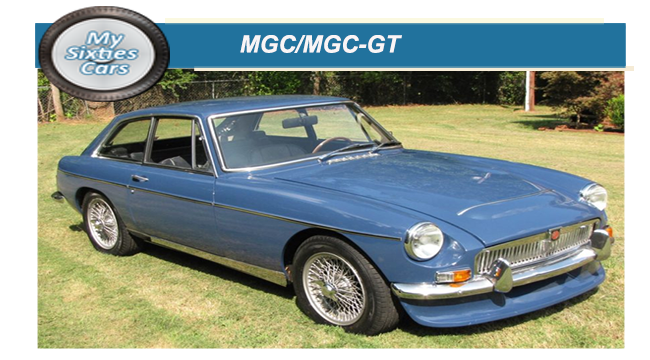
ith the MGB turning in record sales and the Austin-Healey 3000 looking its age, BMC looked to the MGC to be the ideal compromise situation to meet the demand for a high-powered roadster while offering the option of the three-door coupe - a formula which had worked so well on the MGB-GT.
B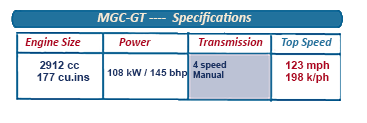 ased on the modern MGB monocoque, but with many front-end changes, the MGC had a re-designed Healey 3000-style six-cylinder engine.
ased on the modern MGB monocoque, but with many front-end changes, the MGC had a re-designed Healey 3000-style six-cylinder engine.
Although it looked remarkably like the MGB — only bonnet bulges and larger dimensioned wheels/tires gave the game away — the MGC was very different under the skin.
T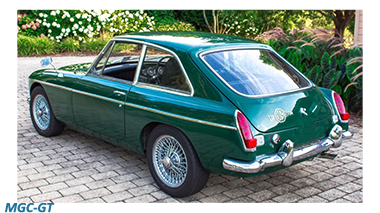 he lengthy and heavy 2912cc engine ruined the weight distribution, though the new all-synchromesh gearbox was an advance.
he lengthy and heavy 2912cc engine ruined the weight distribution, though the new all-synchromesh gearbox was an advance.
As with the latest MGB, overdrive and Borg Warner automatic transmission were options.
As soon as the first models began to drive out of the MG distributorships, there soon was no disguising that the MGC had its shortcomings.
![]()
 The most outstanding flaw was that handling in both the soft top and GT versions was way behind that of the MGB or even the Austin-Healey 3000.
The most outstanding flaw was that handling in both the soft top and GT versions was way behind that of the MGB or even the Austin-Healey 3000.
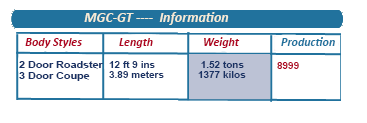 Not that the MGC didn't have its positive traits for those who wanted sports car motoring, then this model was as good a choice as any other car on the market.
Not that the MGC didn't have its positive traits for those who wanted sports car motoring, then this model was as good a choice as any other car on the market.
Just over 9000 MGCs and MGC-GTs were produced during the model’s three years production run, making it a commercial failure during its lifetime but a much sought-after item for MG enthusiasts and collectors of classic sports cars.
British Leyland’s decision to wind down production on the MGC, when it came, was far from unexpected as the model had failed to excite the market.
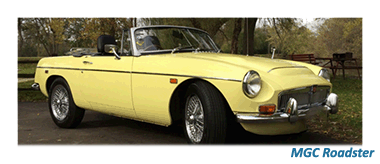 The MGC and even its GT version, were regarded as the only commercial failure of the MG division in the Sixties
The MGC and even its GT version, were regarded as the only commercial failure of the MG division in the Sixties
What made BL’s decision even more painful was that the MGC was the last all-new model to be produced by MG Motors at their famous Abingdon plant before production was wound down at the end of the Seventies.





